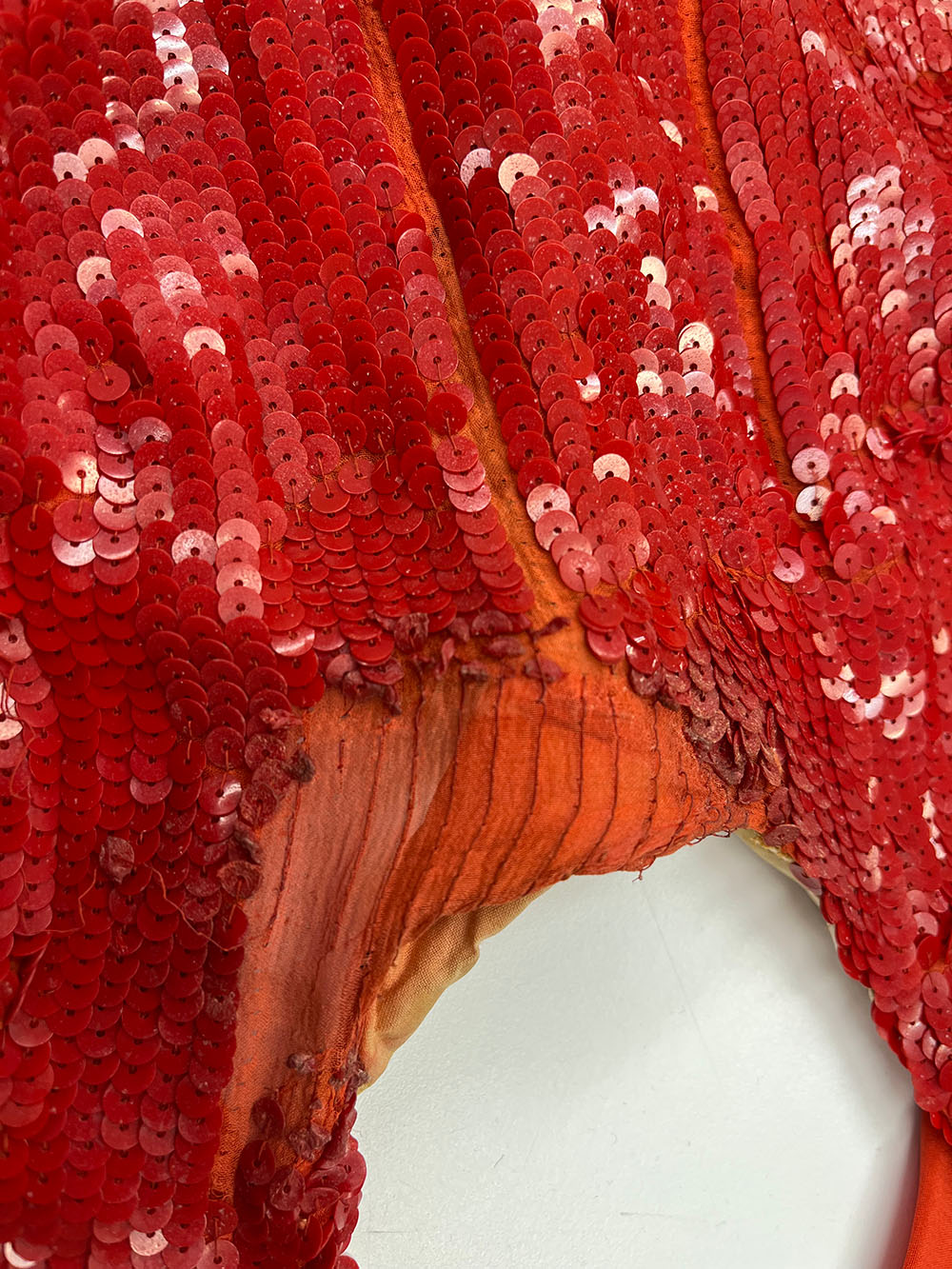- Events & Programs Home
- Calendar
- Accessibility
- Adults
-
Families & Teens
- Families & Teens Home
- 10x10 Teen Art Expo
- Art on the Rise
- Art Together: Art Making for Families with Children Ages 3–5
- Babies Sing with May Festival Minis
- Boy Scouts / Girl Scouts
- CAM Kids Day
- Family Storytime and Gallery Walk
- Family Studio: Art Making for Families with Children Ages 6–12
- Games in the Galleries
- Members-Only Baby Tours
- Public Baby Tours
- REC Reads
- Rosenthal Education Center (REC)
- Saturday Morning Art Class
- See Play Learn Kits
- Summer Camp
- Teen Fest: Zine and Comic Exchange
- RECreate
- Teachers
- Community Outreach
- Fundraisers
- Plan Your Own Event

- Events & Programs Home
- Calendar
- Accessibility
- Adults
-
Families & Teens
- Families & Teens Home
- 10x10 Teen Art Expo
- Art on the Rise
- Art Together: Art Making for Families with Children Ages 3–5
- Babies Sing with May Festival Minis
- Boy Scouts / Girl Scouts
- CAM Kids Day
- Family Storytime and Gallery Walk
- Family Studio: Art Making for Families with Children Ages 6–12
- Games in the Galleries
- Members-Only Baby Tours
- Public Baby Tours
- REC Reads
- Rosenthal Education Center (REC)
- Saturday Morning Art Class
- See Play Learn Kits
- Summer Camp
- Teen Fest: Zine and Comic Exchange
- RECreate
- Teachers
- Community Outreach
- Fundraisers
- Plan Your Own Event
Blog: CAM Uncovered
Blog: CAM Uncovered
- Home
- Plan Your Visit
- Art
-
Events & Programs
- Events & Programs Home
- Calendar
- Accessibility
- Adults
-
Families & Teens
- Families & Teens Home
- 10x10 Teen Art Expo
- Art on the Rise
- Art Together: Art Making for Families with Children Ages 3–5
- Babies Sing with May Festival Minis
- Boy Scouts / Girl Scouts
- CAM Kids Day
- Family Storytime and Gallery Walk
- Family Studio: Art Making for Families with Children Ages 6–12
- Games in the Galleries
- Members-Only Baby Tours
- Public Baby Tours
- REC Reads
- Rosenthal Education Center (REC)
- Saturday Morning Art Class
- See Play Learn Kits
- Summer Camp
- Teen Fest: Zine and Comic Exchange
- RECreate
- Teachers
- Community Outreach
- Fundraisers
- Plan Your Own Event
- Give & Join
- About
- Tickets
- Calendar
- Exhibitions
- Collections
- Blog
- Shop
Behind the Scenes in Conservation: 1920s Chanel Sequined Dress
by Obie Linn, Associate Conservator of Textiles
1/5/2023
CAMConservation , vintage , Chanel , textile conservation , sequins
Here in the Conservation Lab, our tasks include determining how a particular collections object might have been damaged over time. Heat and moisture melted the missing sequins on this 1925–1926 party dress at the wearer’s armpit. How is that possible? When the fashion house of Coco Chanel created this dress, sequins were typically made of gelatin or sometimes casein (an early form of plastic made from milk proteins. Yes, really!) which could deform or melt away completely in the presence of water and heat. You can see some of the melted, deformed sequins near the edge of the area where they are gone completely and even some crusty salty-looking accretions.
Sequins and sparkle are “super in” this year, but did you know the history of sequins as a dress adornment goes back thousands of years? The first “sequins” were stamped metal disks, but sequins were made of early plastics almost as soon as these materials were invented. Conservators need to know about the history of materials such as these to prevent damage and to treat damaged objects in their care. For this dress, the lost sequins will be mostly hidden while on display, so we probably won’t attempt to replace them, but it’s important to be aware that this object is covered in thousands of fragile, moisture-and-heat-sensitive gelatin sequins as we prepare it to travel on international loan later this year. Definitely no drinks after midnight (or ever!) for this object.

Coco Chanel (attributed maker, French, 1883-1971) Dress, 1925-26, Gift of Mrs. Joseph B. Andrews, 1969.85
Cincinnati, OH 45202
Toll Free: 1 (877) 472-4226
Museum Hours
Museum Shop
Terrace Café
Library
Cincinnati Art Museum is supported by the tens of thousands of people who give generously to the annual ArtsWave Campaign, the region's primary source for arts funding.

Free general admission to the Cincinnati Art Museum is made possible by a gift from the Rosenthal Family Foundation. Exhibition pricing may vary. Parking at the Cincinnati Art Museum is free.
Generous support for our extended Thursday hours is provided by Art Bridges Foundation’s Access for All program.

General operating support provided by:



